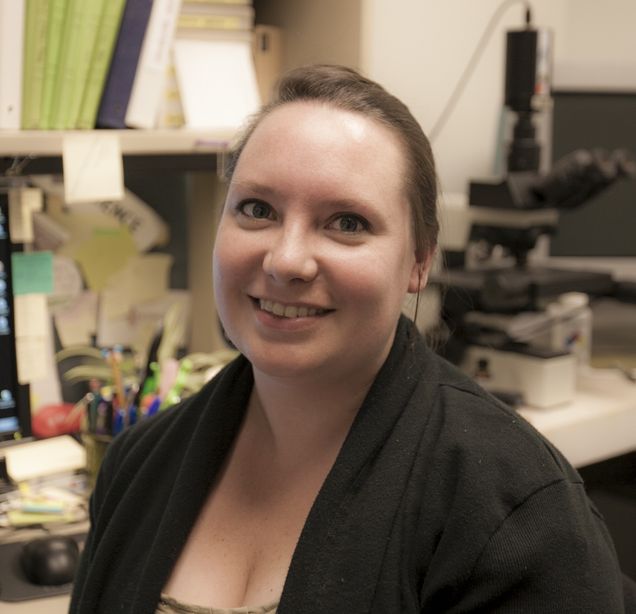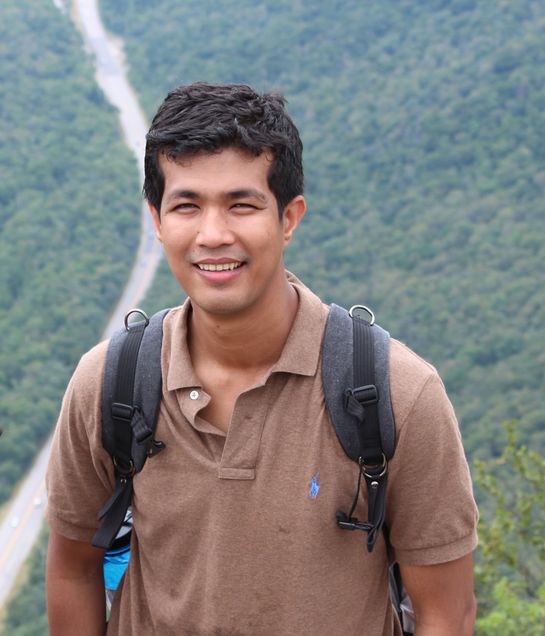Pre-Clinical Studies
In addition to seeing Gulf War veterans, the consortium will utilize animal science to better understand the disease of Gulf War Illness. This multi-faceted research is being done across the country.
Centers for Disease Control and Prevention:

Dr. James O’Callaghan is Distinguished Consultant and Head of the Molecular Neurotoxicology Laboratory in the Toxicology and Molecular Biology Branch of the Health Effects Laboratory Division of the U.S. Centers for Disease Control and Prevention (CDC). He directs a research program dedicated to the discovery and implementation of biomarkers of neurotoxicity. He is a current member of the Research Advisory Committee on Gulf War Veterans Illnesses (RAC) and is currently funded through CDMRP to study an animal model of GWI. He will serve as a neurotoxicology expert, research site PI and Preclinical Core Director on the GWI consortium.
Dr. Alicia R. Revitsky is a postdoctoral fellow in Dr. O’Callaghan’s lab. She completed her B.S. in Neuroscience & Psychology from Allegheny College prior to completing her PhD. at Penn State University in Neuroscience.
Dr. Kimberly Kelly is currently a postdoctoral fellow in the Molecular Neurotoxicology Laboratory under Dr. James O’Callaghan. She has experience working in highly collaborative laboratories working on devising translational animal models to model human pathology and test clinically relevant therapies. In Dr. O’Callaghan’s laboratory she conducts basic research to elucidate the mechanisms behind toxicant induced gliosis (a biomarker of CNS injury). The over all goal is a better understanding of intracellular signaling pathways associated with CNS pathologies leading to novel neuroprotective agents and strategies.

University of Colorado:
Dr. Linda Watkins is a University of Colorado Distinguished Professor in the Department of Psychology and the Director of the Interdepartmental Neuroscience Ph.D. Program at the University of Colorado-Boulder. She is currently funded by several federal agencies to study chronic pain mechanisms related to chronic glial activation and is considered a leading expert in this field. Her primary research interest is the control of clinically relevant pathological pain states. Her group’s research focuses on the role that glia play in pain processing, using pharmacological, and other biological, behavioral and anatomical studies to investigate how glia dysregulate neuronal function with the aim of developing clinically relevant therapies in such pain states. She will serve as the chronic pain expert and research site co-PI on the GWI consortium.
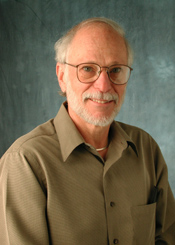 Dr. Steven Maier is a University of Colorado Distinguished Professor and the Director of the Center for Neuroscience. Dr. Maier’s research falls into two broad areas. One centers on interactions between the brain and the immune system, with study of both how the brain regulates immune processes and how products of immune cells signal the brain. Current emphasis is on understanding the mechanisms of immune-to-brain signaling at pathway, cellular and molecular levels, and the implications of these signaling pathways for understanding cognitive impairment, mood effects and exaggerated pain states. Dr. Maier will serve as the brain-immune behavioral expert on the GWI consortium.
Dr. Steven Maier is a University of Colorado Distinguished Professor and the Director of the Center for Neuroscience. Dr. Maier’s research falls into two broad areas. One centers on interactions between the brain and the immune system, with study of both how the brain regulates immune processes and how products of immune cells signal the brain. Current emphasis is on understanding the mechanisms of immune-to-brain signaling at pathway, cellular and molecular levels, and the implications of these signaling pathways for understanding cognitive impairment, mood effects and exaggerated pain states. Dr. Maier will serve as the brain-immune behavioral expert on the GWI consortium.

National Institute of Health:
Dr. R. Doug Fields is Chief of the Nervous System Development and Plasticity Section at the National Institute of Child Health and Human Development. Most recently, he is the author of The Other Brain, a book focused on the role of glial cells. He has written extensively on the role of glia in chronic neurological diseases including chronic pain and in cytokine (LIF, ATP) signaling in synapse formation and myelination. Dr. Fields brings a vast knowledge of glial functions and signaling properties to the current GWIC proposal. He is Editor-in-Chief of the journal Neuron Glia Biology. Dr. Fields will serve as the myelin and neuron-glia expert and as a research site PI on the GWI consortium.
Dr. Dipankar Dutta is a postdoctoral fellow in Dr. Douglas R. Fields lab in National Institute of Child Health and Human Development (NICHD), National Institutes of Health (NIH). He is currently working on the role of acetylcholine signaling in oligodendrocyte biology, both in the context of development and the Gulf War.
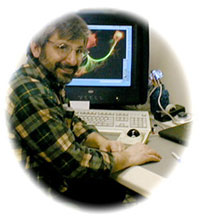
Temple University:
Dr. Mark Black is Professor of Anatomy and Cell Biology at Temple University. Dr. Black has been studying axonal transport for over 30 years and has collaborated with Dr. Baas on studies for many years. Dr. Black’s laboratory studies axonal and dendritic growth, focusing specifically on the elaboration of the neuronal cytoskeleton. Dr. Black is currently studying the transport of cytoskeletal components from their site of synthesis in the cell body into the axon to the axon tip. Dr. Black is also investigating the in vivo function of microtubule-associated proteins. As GW-relevant exposures (OP pesticides, nerve gas) are known to alter microtubule function and mitochondrial transport. Dr. Black will serve as the axonal transport/microtubule expert and research site PI on the GWI consortium.
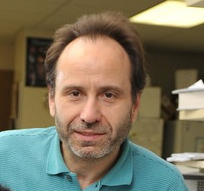 Drexel University:
Drexel University:
Dr. Peter Baas is Professor of Neurobiology and Anatomy at Drexel University College of Medicine. Dr. Baas has been studying neuronal microtubules for 25 years. He has made many important discoveries in this field, such as ascertaining the differences in microtubule polarity orientation between axons and dendrites. Dr. Baas was funded to begin exploring the effects of GW neurotoxins on axonal transport and neuronal function. He will serve as an axonal transport expert and Research Site PI on the GWI consortium.
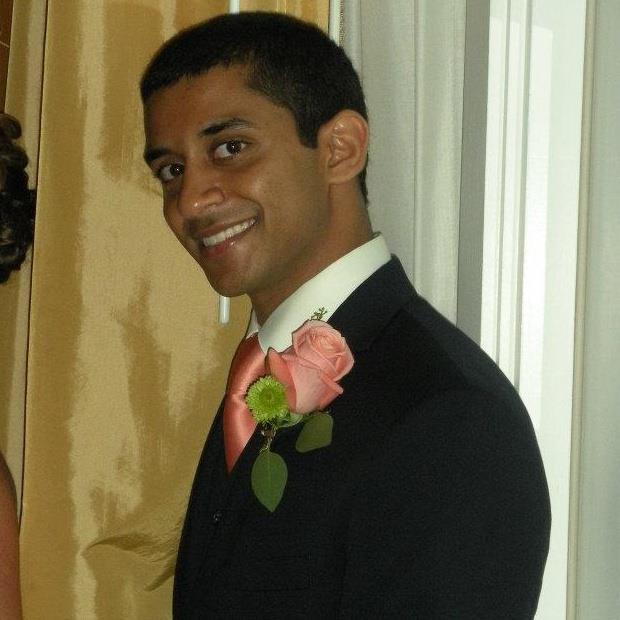
Anand Rao is a doctoral student in the Neuroscience Program at Drexel University. He earned a B.S. in Neuroscience from University of Delaware in 2009 and worked at Pennsylvania State University before joining Drexel’s program in 2011. He is focusing on how GW neurotoxicant exposure affects axonal transport and microtubule polarity patterns. He is working on the project under the collaborative supervision of Dr. Baas at Drexel together with Dr. Mark Black of Temple University.
Research Update:
A video of mitochondrial movement in the axons of hippocampal neurons. Video provided by Anand Rao.


